How It Works
Our "How it Works" series is a convenient way to learn about commonly referenced hardware in transportation and industrial equipment.
Browse the posts below for easy-to-understand articles, videos, graphics and more.
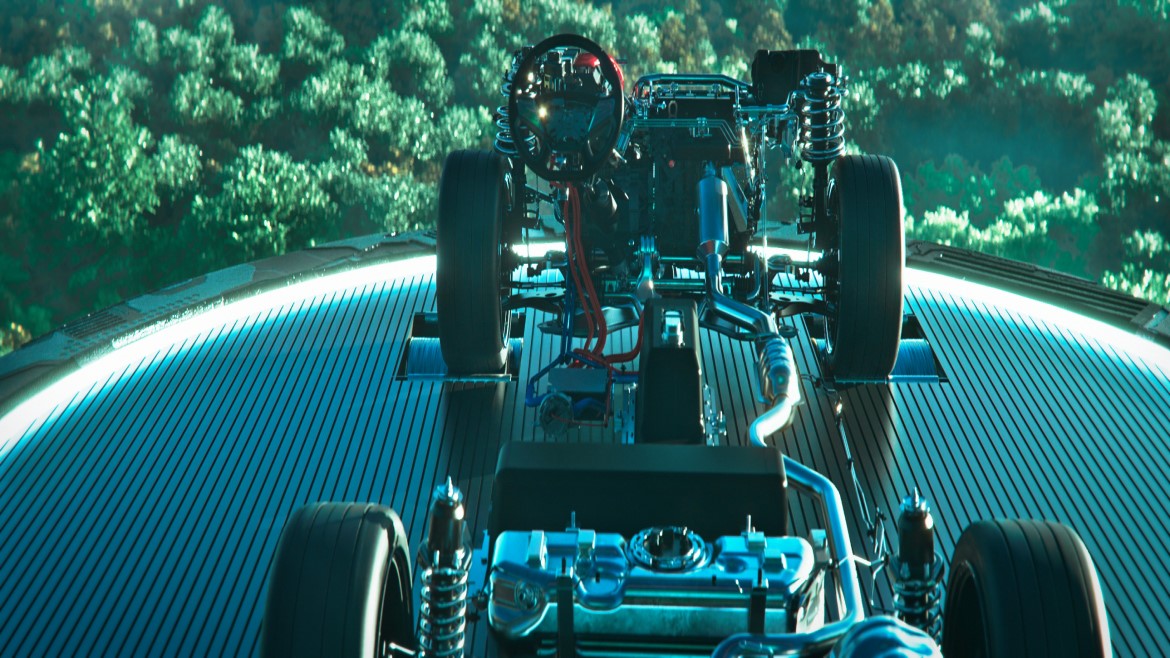
Plug-In Hybrids (PHEV)
With an electric motor and an internal combustion engine, plug-in hybrid vehicles offer improved fuel efficiency and better emissions performance than non-hybrid counterparts.
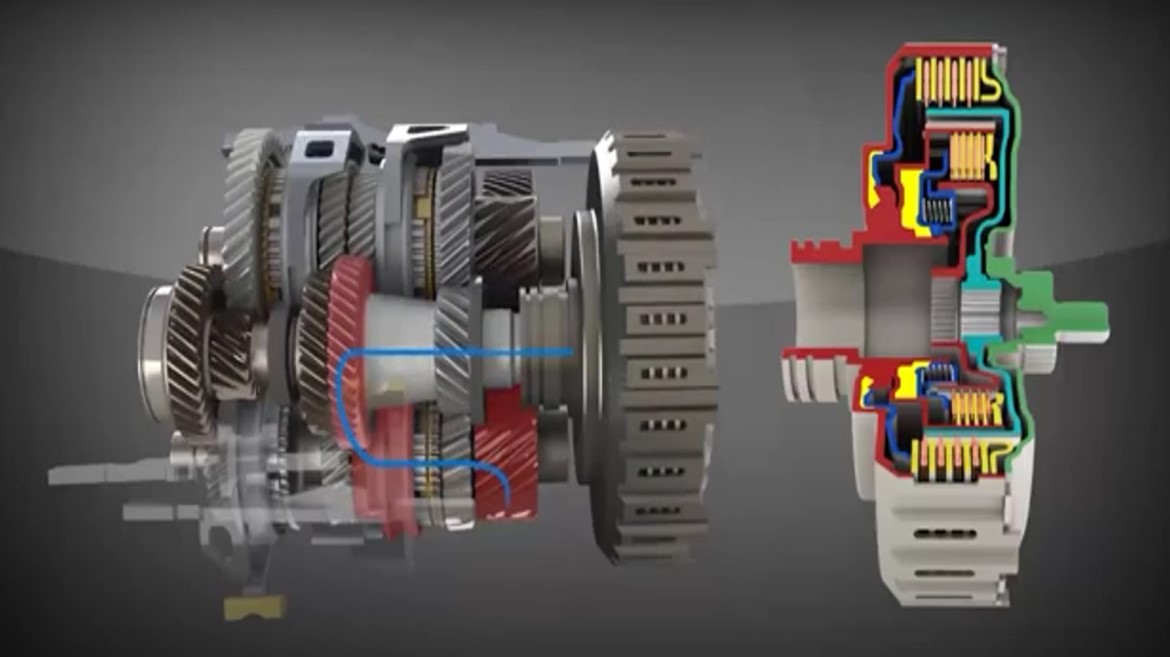
Dual Clutch Transmissions
Dual clutch transmissions (DCTs) combine the efficiency of a manual transmission with the convenience of an automatic transmission.
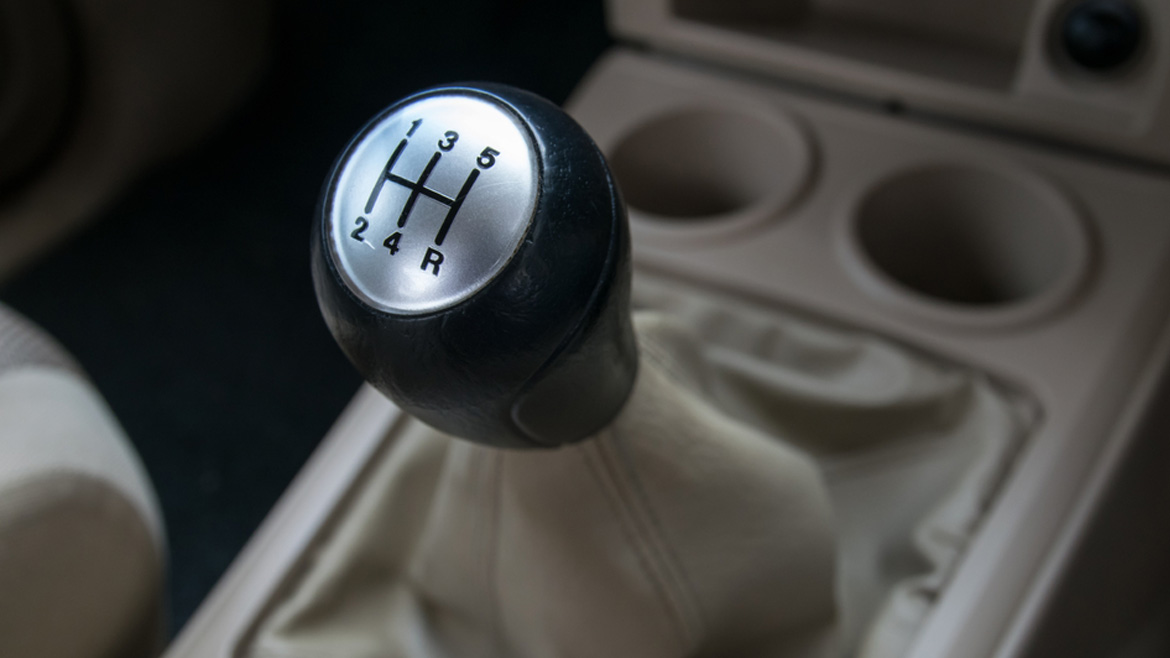
Manual Transmissions
How does a manual transmission operate and what are the lubrication needs for this equipment?
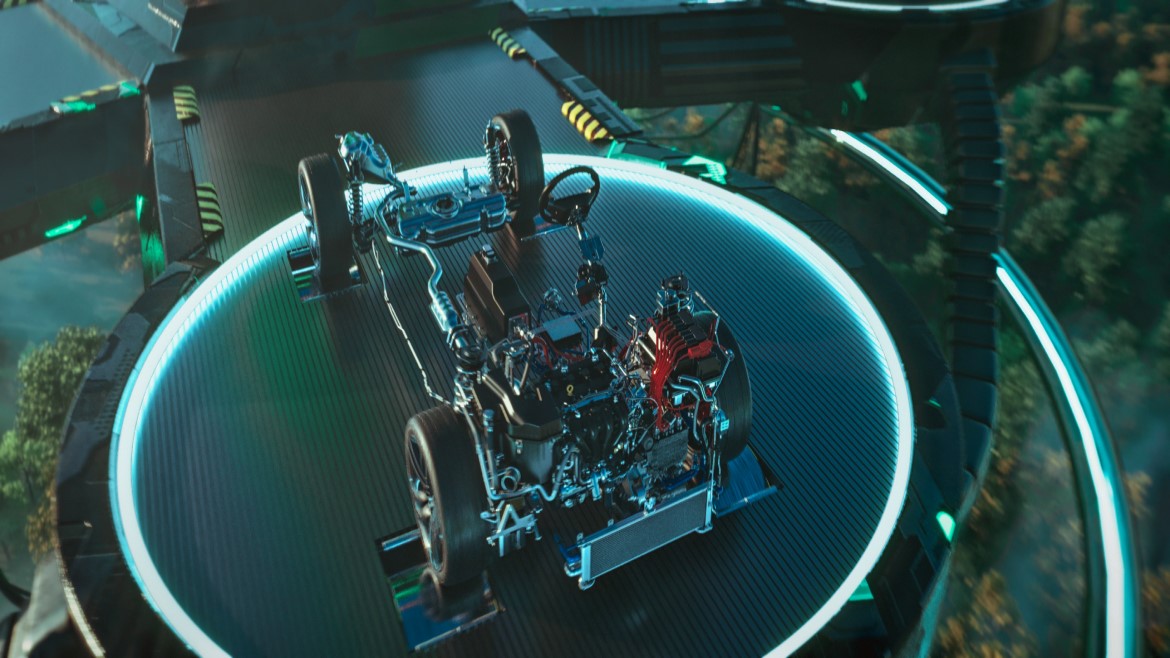
Full Hybrid Electric Vehicles
Get the details on the HEV called a full hybrid-electric vehicle or self-charging hybrid.
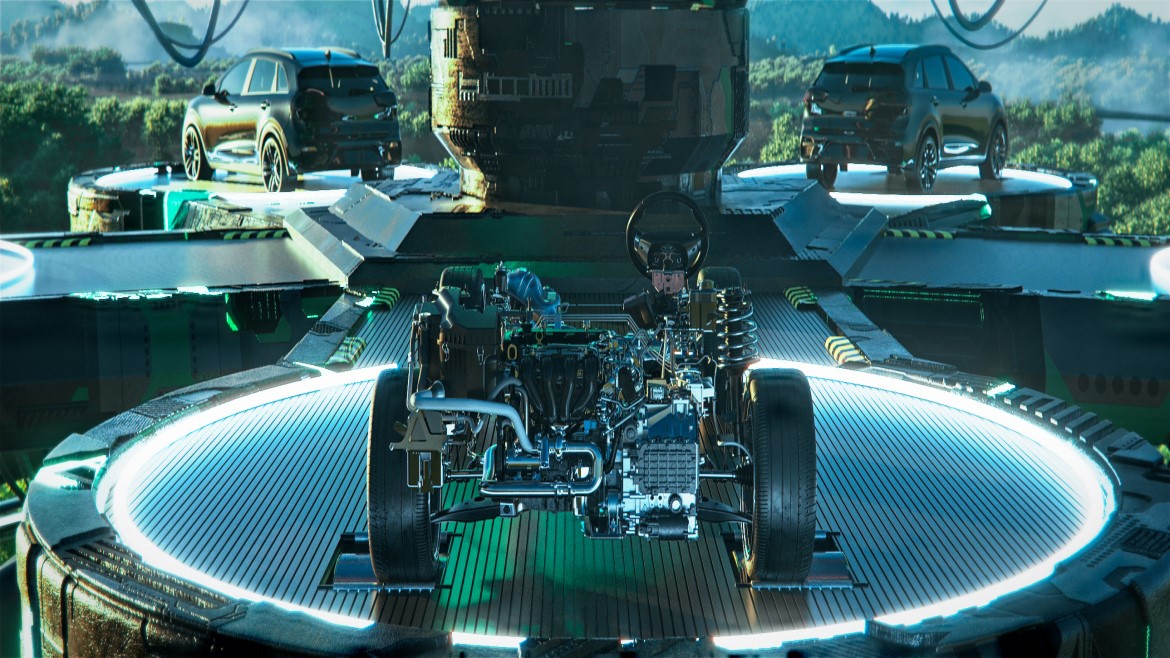
Mild Hybrid Electric Vehicles
Learn about the least electrified of hybrid electric vehicles, the Mild HEV.
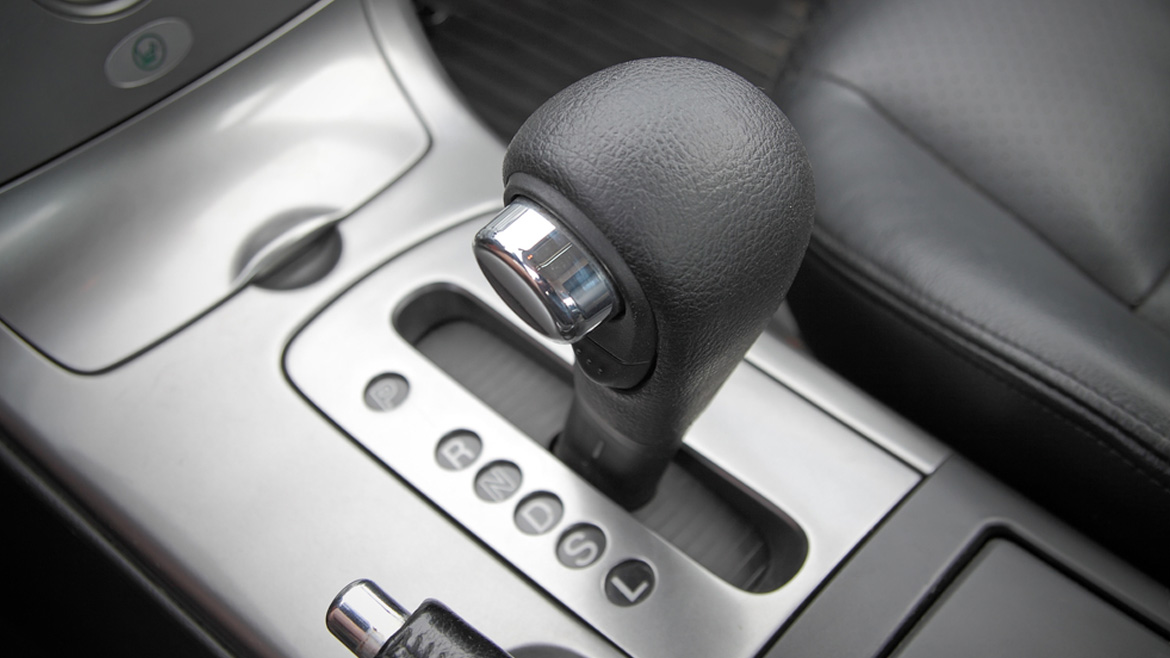
Automatic Transmissions
Learn about the inner workings of fully automatic transmissions and explore their advantages, challenges, and lubrication needs.

Metalworking Additives
Modern metalworking fluids depend on a wide range of additives that collectively optimize the performance of the fluid to protect the workpiece and the tooling.
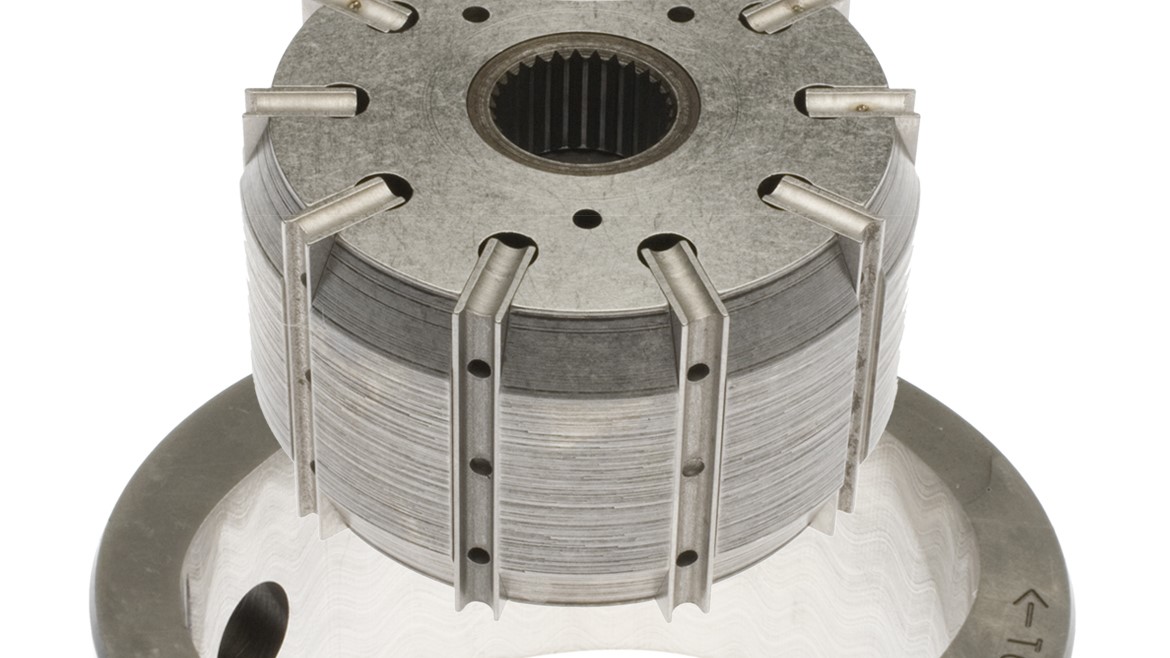
Hydraulic Pumps
Hydraulic pumps convert mechanical energy to fluid power by pushing and moving fluid
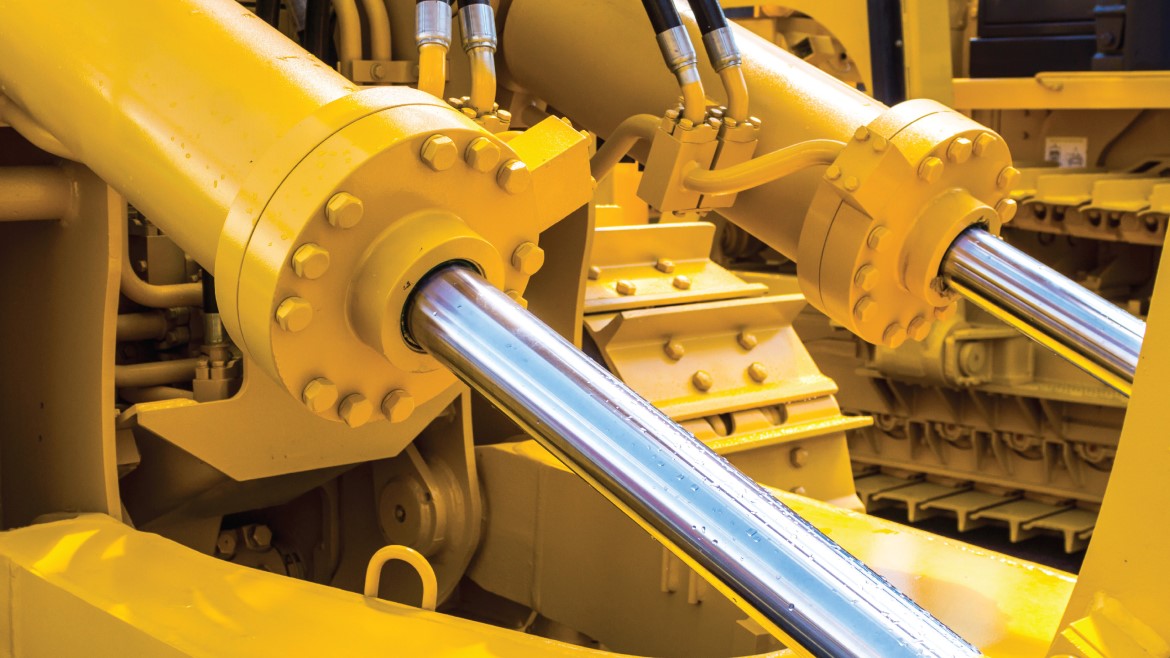
Hydraulic Systems
Today's hydraulic systems work longer and harder than ever before. Find out how.
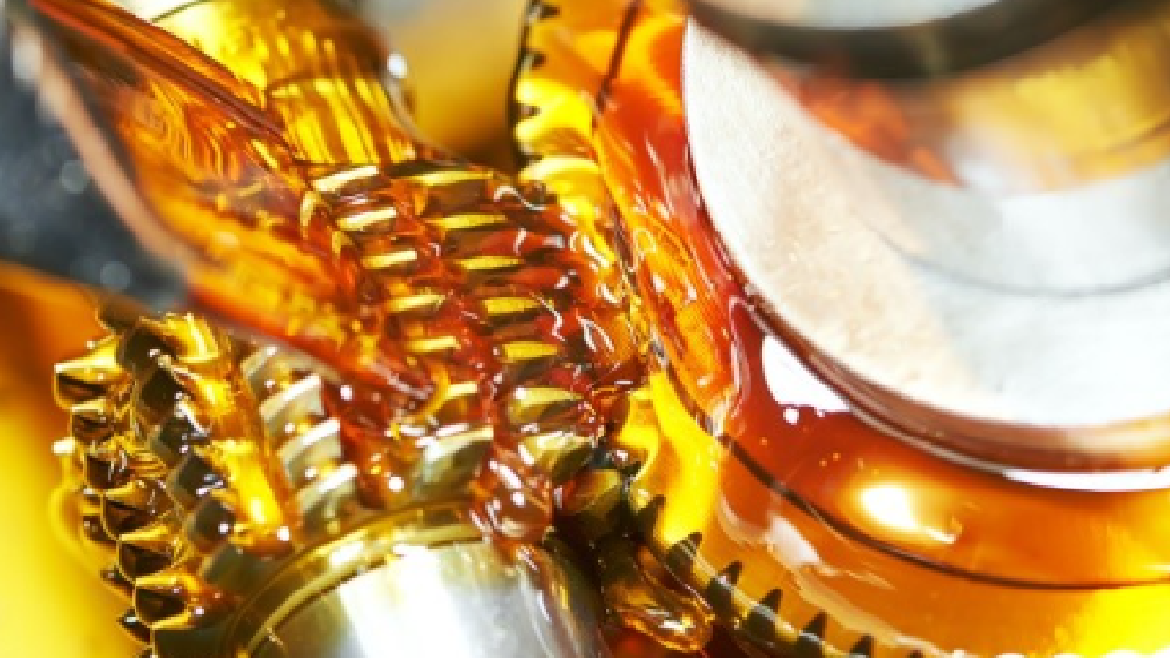
The Types of Metalworking Fluids
Metalworking fluids differ in their composition, and knowing the right fluid for the applications is key for workpiece quality and productivity
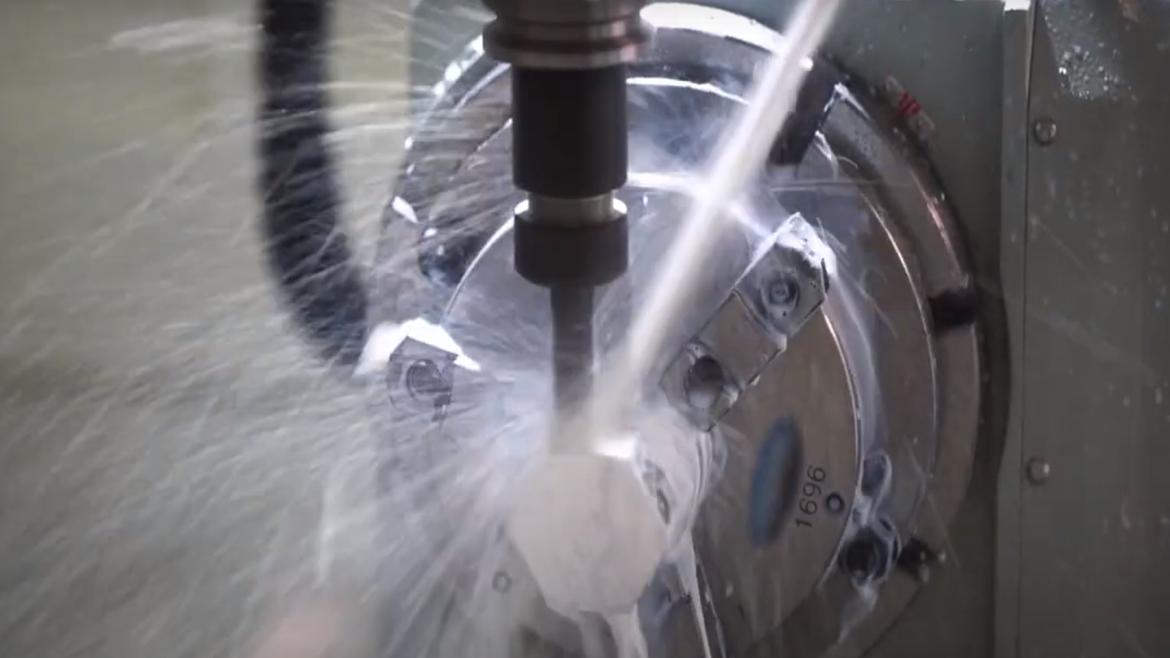
The Role of a Metalworking Fluid
Most cutting operations use a metalworking fluid to reduce friction between the tool and workpiece surface while also cooling the tool
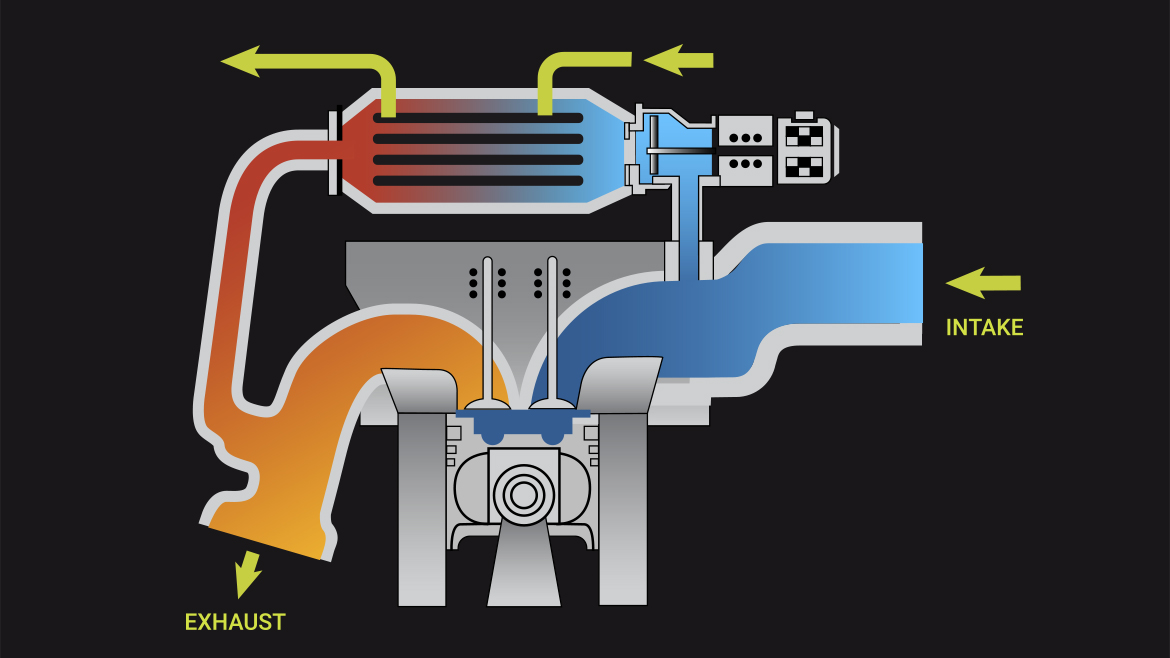
Exhaust Gas Recirculation (EGR)
Exhaust gas recirculation (EGR) is an emission control technology that reduces nitrogen oxide (NOx) emissions from internal combustion engines
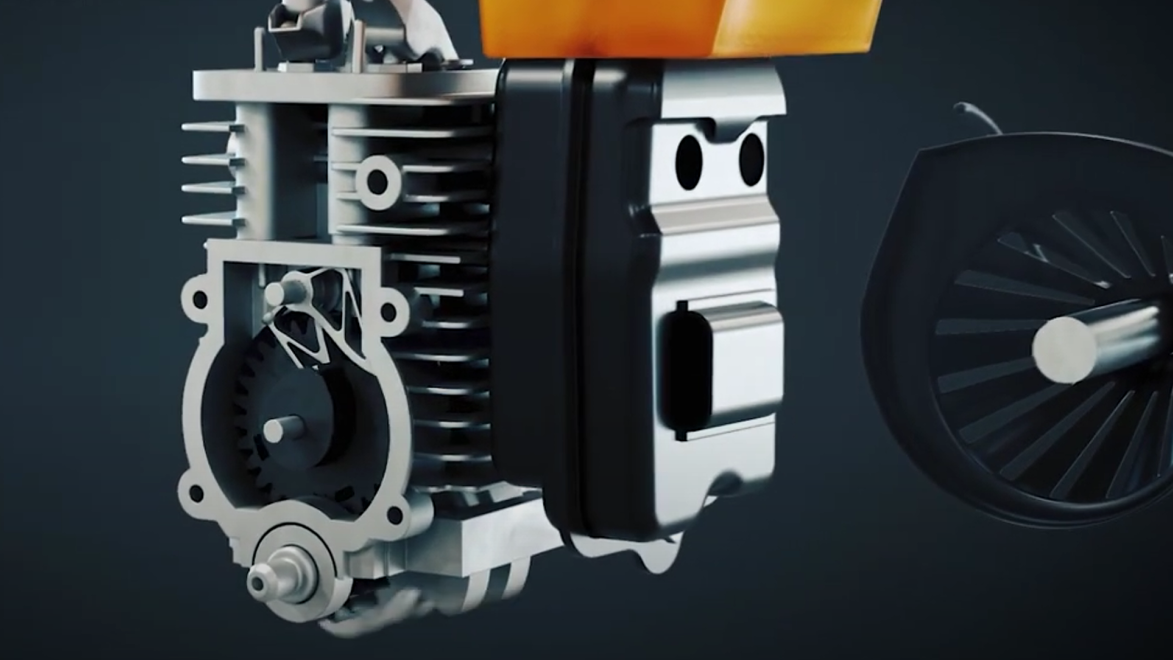
Four-stroke Premix Oil and Fuel Engines
Four-stroke premix engines combine a four-cycle engine design with the lubrication elements of a two-stroke.
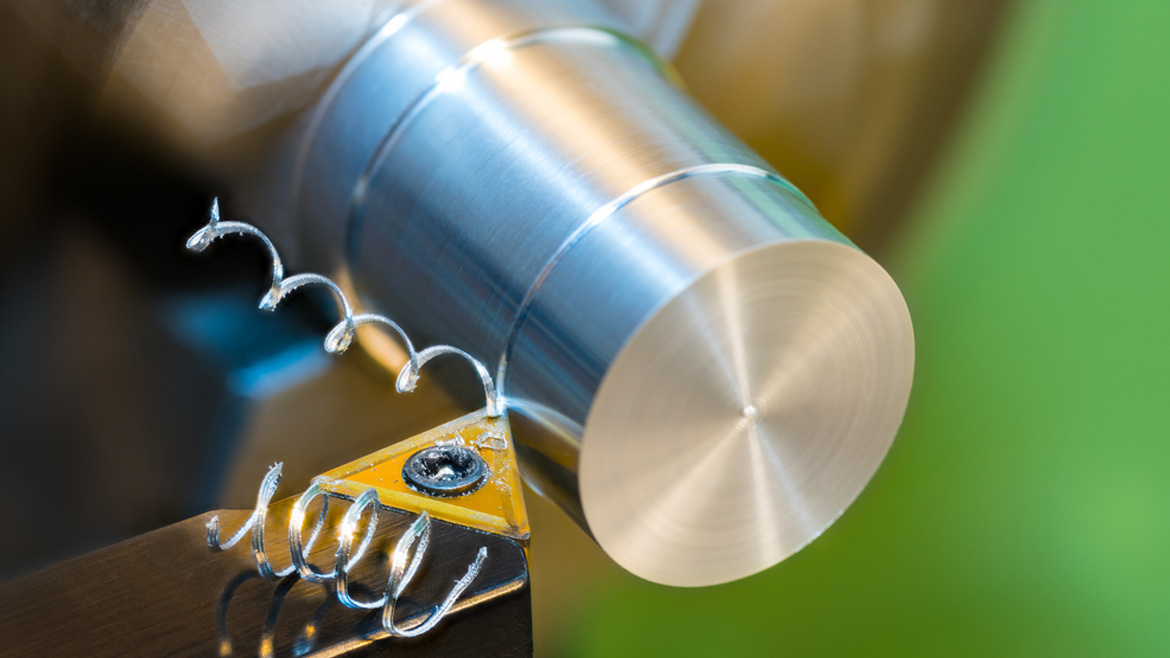
Metalworking
Getting metal parts to fit exact specifications takes specialized equipment.
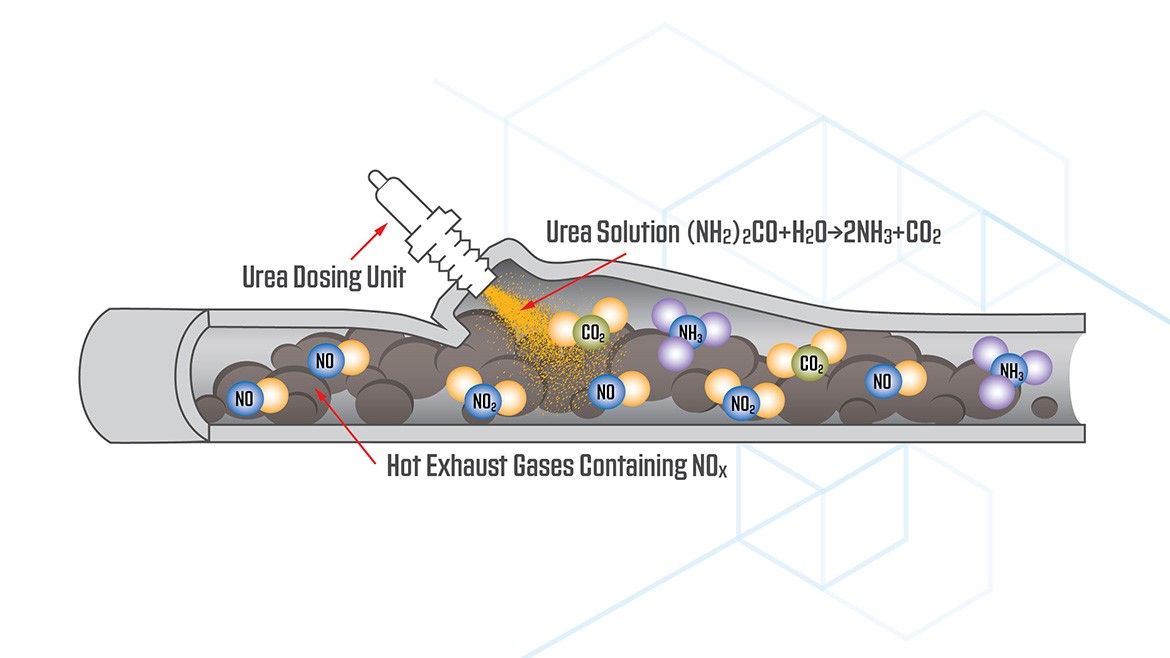
What is selective catalytic reduction? (SCR)
Selective catalytic reduction, or SCR, is an active emissions control process used to reduce the amount of nitrogen oxide emissions from the exhaust of diesel-powered vehicles and equipment

How do diesel and gasoline particulate filters work?
Diesel particulate filters (DPFs) and gasoline particulate filters (GPFs) are two types of emission control technologies used in vehicles to reduce the amount of harmful particulate matter released into the air.
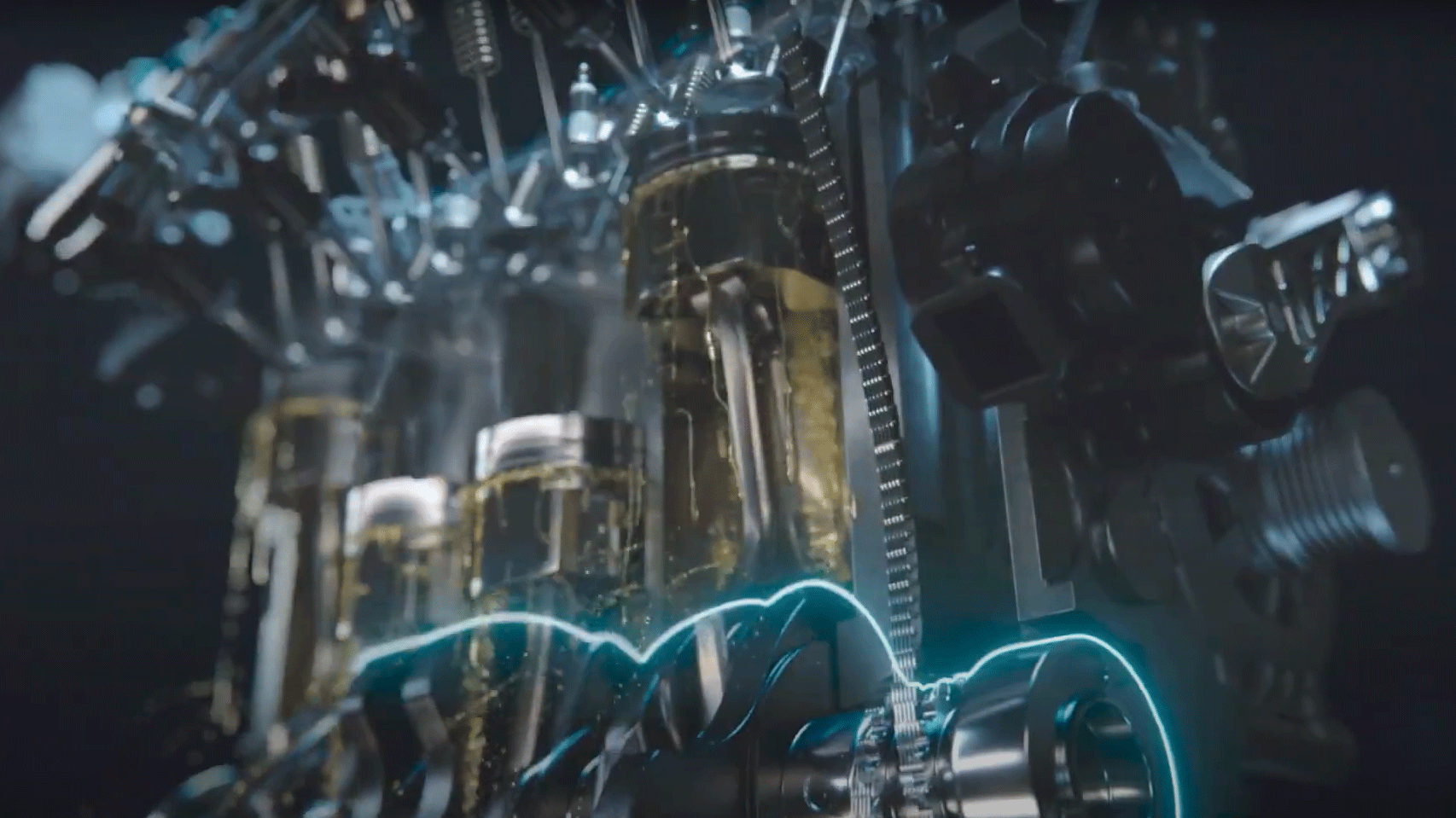
What is a four-stroke gasoline engine?
Four-stroke gasoline engines are the most prevalent internal combustion engines on the market today. Found in automobiles, light-duty trucks, motorcycles, and other equipment types, they work by converting chemical energy from gasoline into mechanical energy.
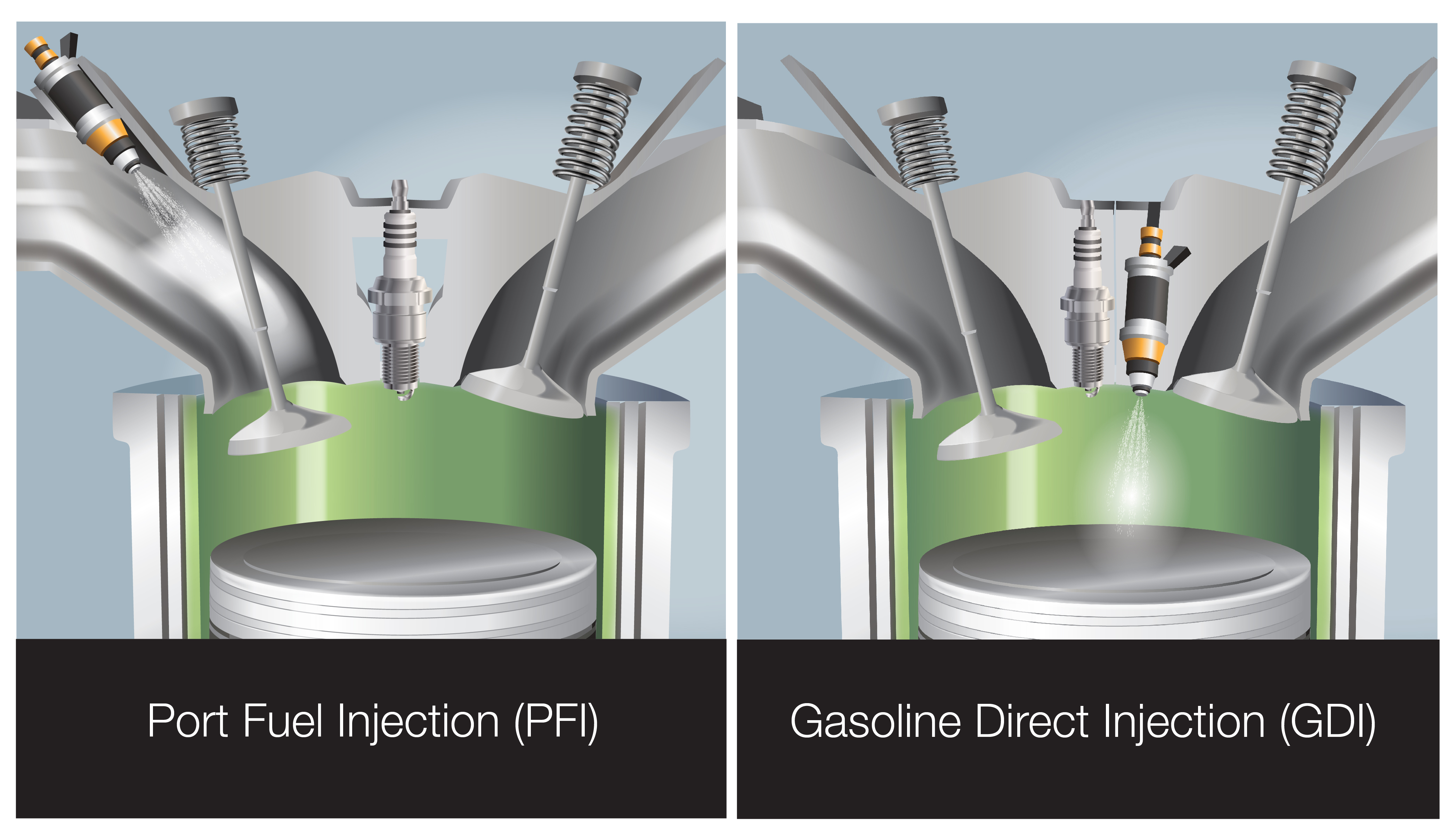
PFI vs GDI Engines
Faced with demands for greater fuel economy, consumer engine manufacturers innovate continuously to balance efficiency with performance. Unsurprisingly, there's an intense focus on fuel injection systems to address these needs. And all that focus has led to one of the most prevalent engine hardware trends: the growing use of gasoline direct injection (GDI) technology over traditional port fuel injected (PFI) designs.
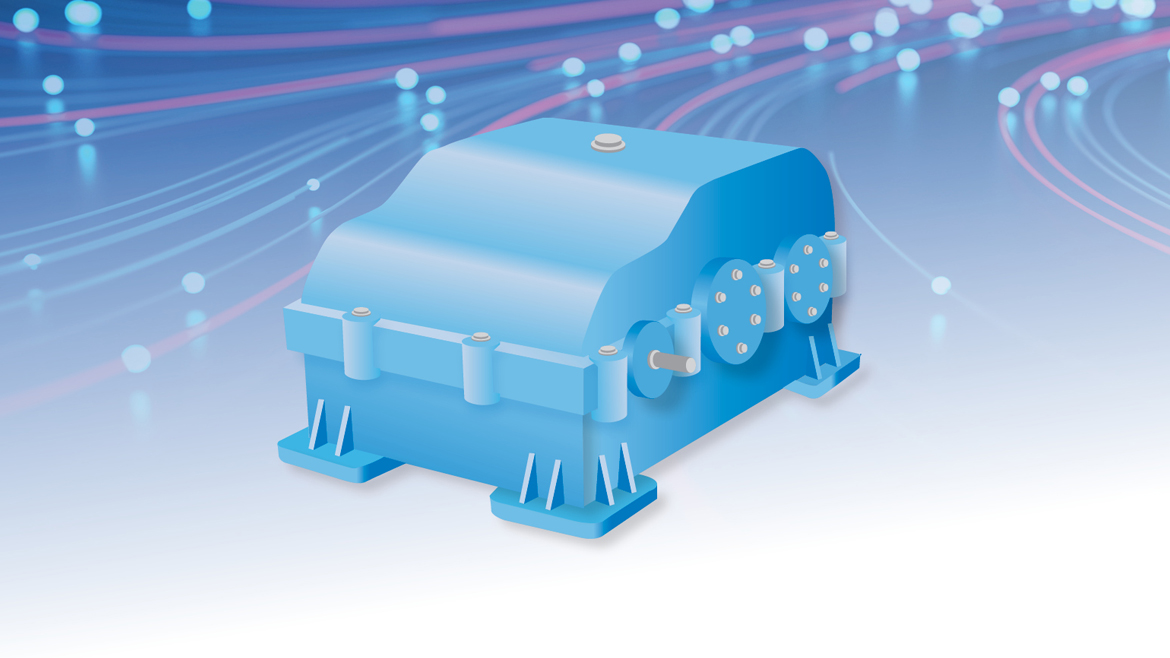
Industrial Gearboxes
Industrial gearboxes are used to change speed, direction, and torque, usually between a motor and a shaft that drives equipment.
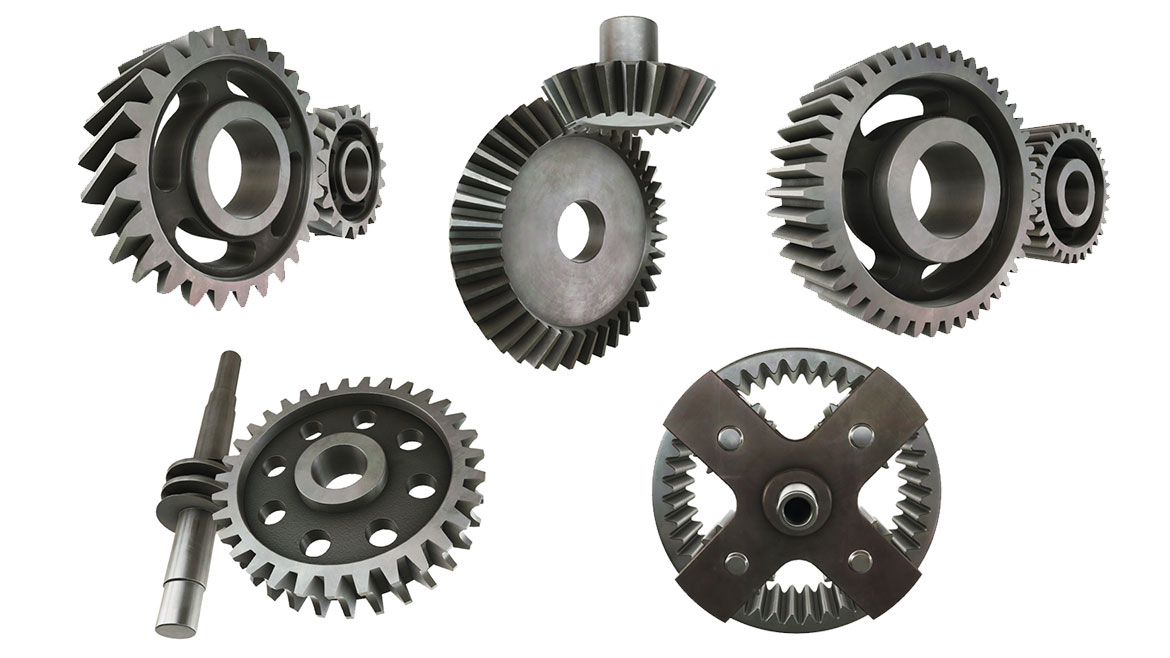
Industrial Gearbox Gear Types
Industrial gearbox gears transfer power between a system and allow for a wide variety of speeds/loads to be achieved for a fixed range of input speed/loads. They come in many unique designs and materials depending on the application.
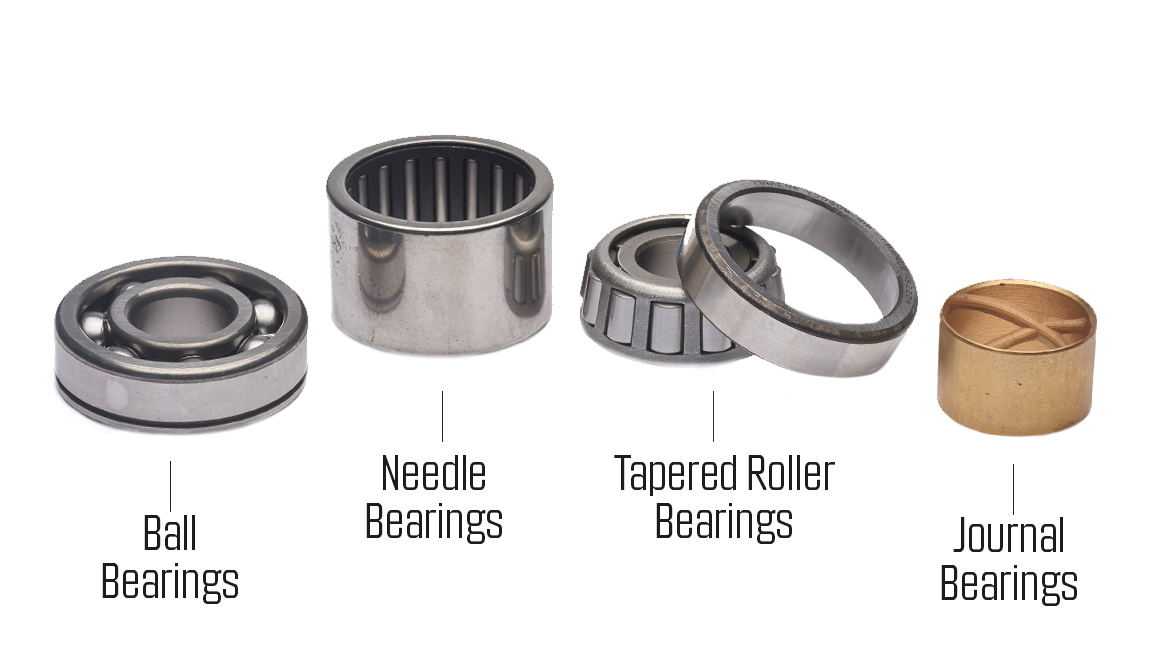
Industrial Gearbox Bearings
Industrial gearbox bearings support rotating shafts used to transfer power while minimizing friction. Bearings come in two main categories: journal bearings and rolling element bearings.
Learn about the various types of gearbox bearings and their lubricant needs
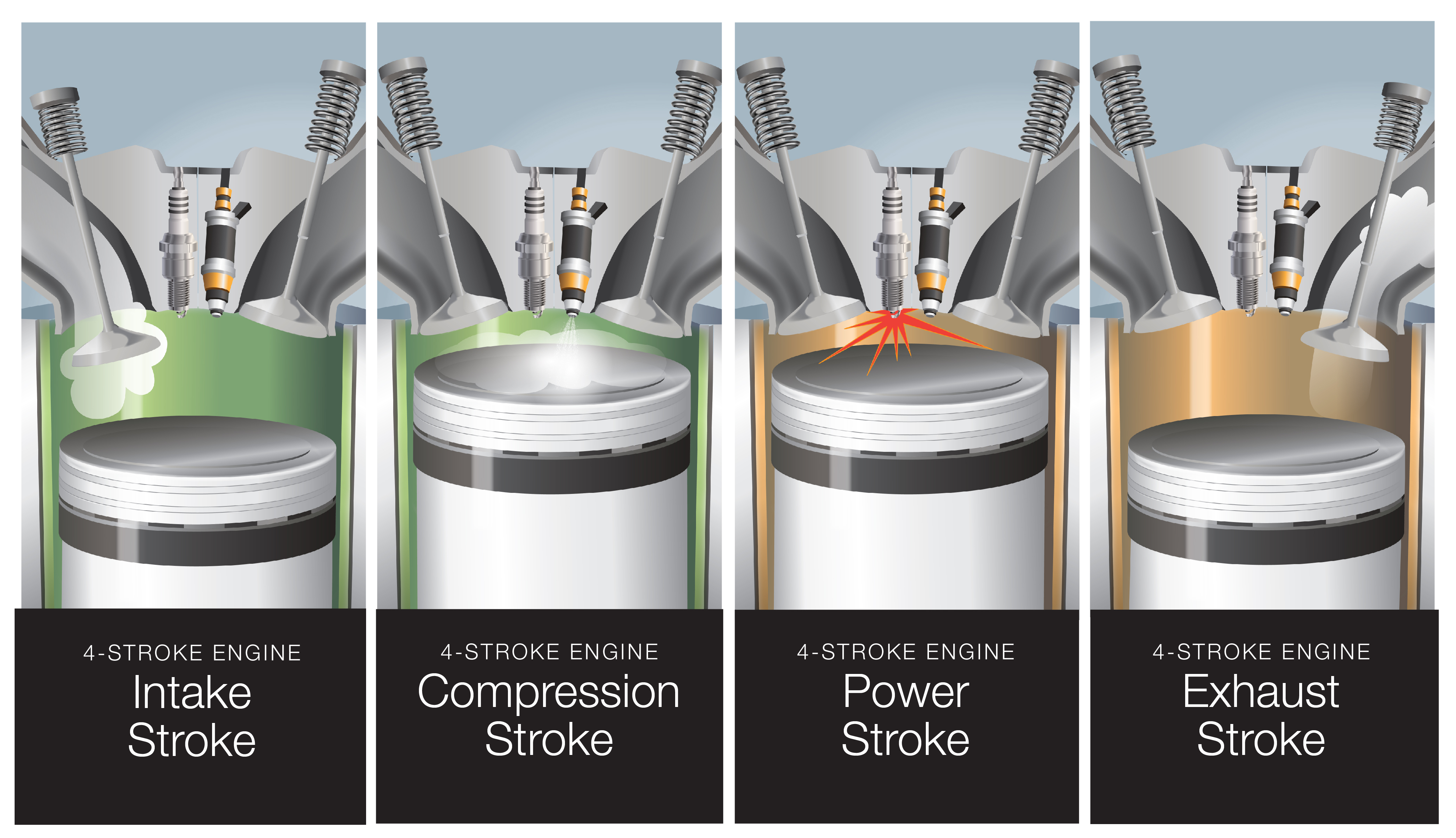
Two-Stroke Engines vs. Four-Stroke Engines
The value of two-stroke and four-stroke engines is rooted in their applications.